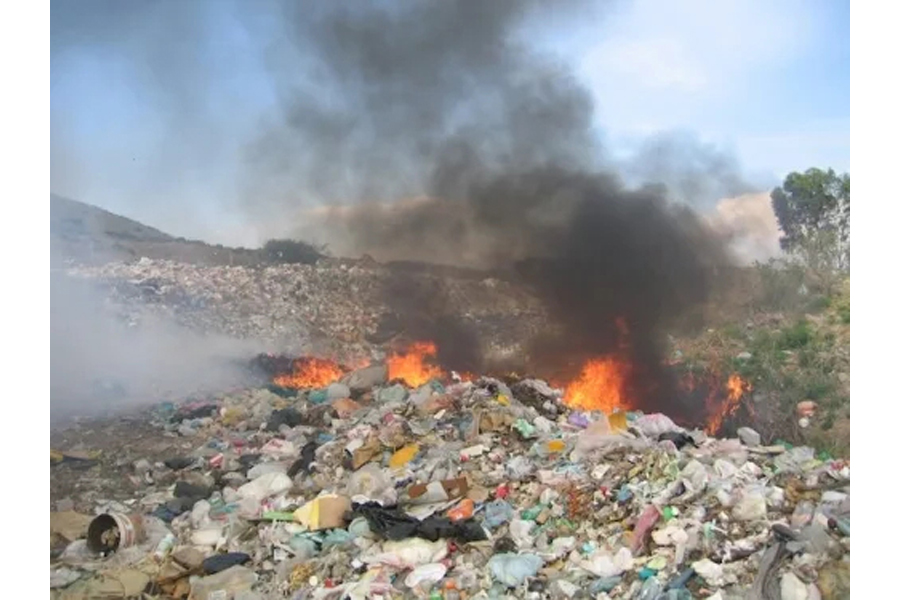
Published :
Updated :

Dhaka has earned, along with a few cities of the world, the notoriety for the worst air pollution. The bustling metropolis of around 20 million people often makes headlines for ranking as the most polluted city in the global Air Quality Index (AQI). The air quality of the city remains in the "very unhealthy" and "hazardous" categories around the year with the pollution level reaching catastrophic levels during the winter. We know several culprits which contribute to Dhaka's air pollution the most --- vehicle exhaust, industrial and brick kiln emissions, dust release, etc. However, we often overlook a silent yet pervasive menace deteriorating air quality --- the rampant burning of garbage at numerous dumpsites scattered throughout the city. According to the World Bank report titled "Clearing the Air: Addressing Bangladesh's Air Pollution Crisis" published in November, open air rubbish incineration, which releases multiple toxic pollutants, contributes 11 per cent to the city's air pollution. This practice worsens the already dire air quality situation and leaves profound impact on the well-being of its inhabitants.
According to the official version, Dhaka generates approximately 6,500 tonnes of waste every day with the figure projected to rise to 8,500 tonnes by 2032. The city's insufficient waste management infrastructure struggles to cope with this huge amount of rubbish, leading to the growth of informal dumpsites in different neighbourhoods and frequent burning of the waste. Such mindless incineration releases several pollutants including dioxins and furans into the atmosphere, which cause severe health problems. It also emits microscopic particles, which are capable of penetrating deep into the respiratory system and worsening diseases like asthma and chronic obstructive pulmonary disease. Long-term exposure to such air may lead to lung cancer, impaired cognitive development in children, and increased risk of cardiovascular diseases in older populations. The impact of waste burning does not remain limited to air pollution; it contaminates soil and groundwater, posing additional health risks through water supply and food chain.
The unscientific and unhealthy waste disposal in Dhaka has reached such a point that it will not be easy to reverse the practice. Any positive change in the practice will require multi-pronged approach from stakeholders. Members of society certainly have an important role, but the main responsibility lies with the authorities. The city authorities should invest more to enhance waste collection capacity and establish more garbage dumps to reduce the need for open burning. They should also adopt waste-to-energy technologies to provide sustainable alternatives to waste disposal.
Introduction of a carrot-and-stick policy to discourage people from indiscriminate garbage burning may work. Through regulations, the authorities can provide for punitive action against open waste burning on the one hand and offer incentives for recycling and composting on the other. The authorities can also promote zero-waste initiatives by encouraging industries and households to adopt related practices which will minimise waste generation at the source, alleviating the burden on waste management systems. Creation of public awareness is another important area that can greatly contribute to minimising waste generation and its unhealthy disposal. The authorities, environmental organisations, civil society and the media should play a role in educating citizens about the health and environmental hazards of waste burning. Proper awareness can foster community-driven initiatives to curb the practice.


 For all latest news, follow The Financial Express Google News channel.
For all latest news, follow The Financial Express Google News channel.